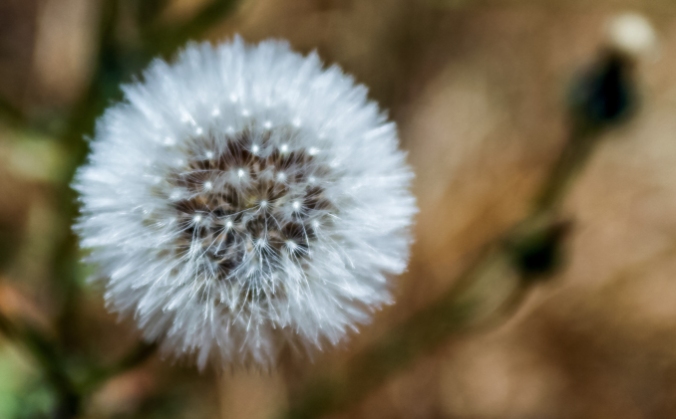
Nature is extraordinary, almost strangely funny in a way, in as much as it is so simple in everything it does, whilst at the same time the environment, the earth and the whole universe are incredibly complex and complicated in their vastness and their seemingly endless, infinite expansion.
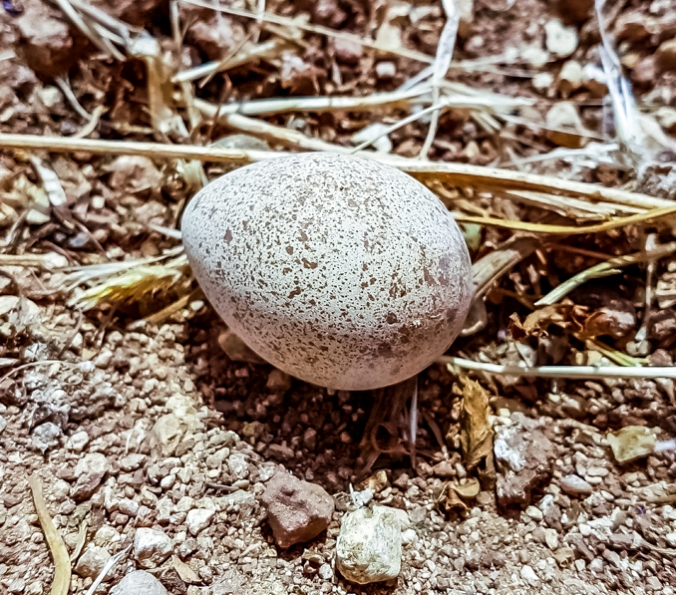
Spending a lot of time on the farmland, as we do on a daily basis at Son Alegre in our vineyard, and that includes Sundays as well as weekdays, we are in constant contact with the wonders of Nature and the natural world, the marvels of the elements, the wind, the weather, the effects of the sun, the moon, the stars and the planets. There is vibrant plant life and flora and there is boundless animal activity and inexhaustible fauna. There is a buzz all around us day-in and day-out, a constant movement of tiny creatures, ants, beetles, insects, worms, butterflies, bees, birds and wildlife such as rabbits, hedgehogs and rodents, and so on.
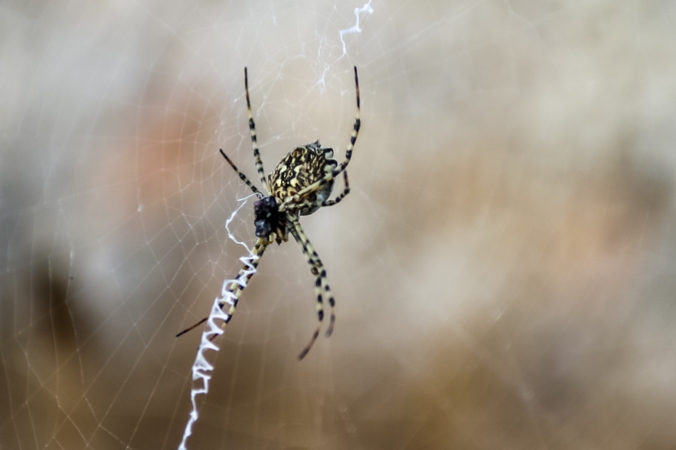
Working on the land and in the vineyard gives one the opportunity to watch and to learn. One cannot but observe that Nature does not follow our human rhythm, our clock or our calendar. There is no twenty-four hour period in Nature. There is no seven day cycle. There is no Summertime and there is no holiday, festive or otherwise. Nature and plants, bees, ants and mycorrhizae are busy doing their job, only guided by daylight and the sun, the moon and the stars, being not much bothered by wind or rain, although occasionally interrupted by storms or hail, by torrents or flooding.
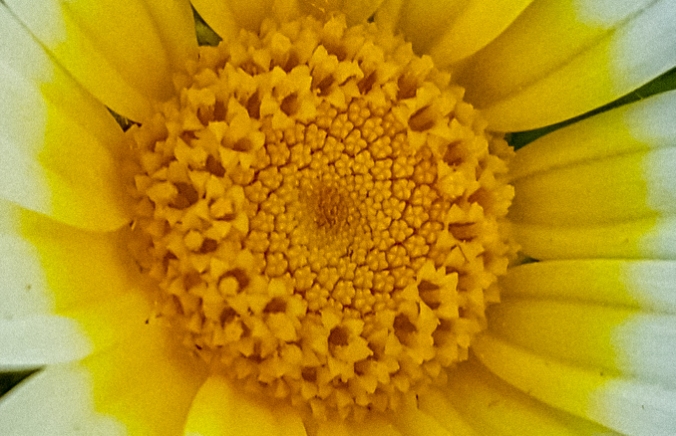
Nature does not take a day off on Sundays, for example, and ants, worms and butterflies do not get an eight hour day, or sick leave or vacation, ever. They are all on the job continuously, day after day, from morning to night, and then again the following day. Our sheep demand their feed, as do our pigs, be that workdays or Sundays; they would more than just wonder if they did not get their food or water at the appointed hour.
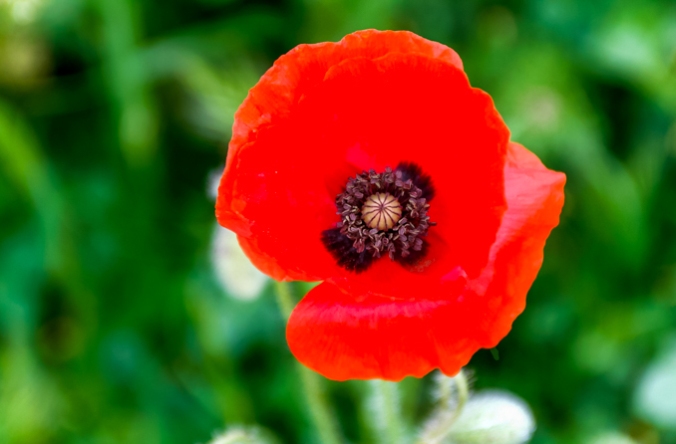
As we watch and observe, inevitably we come to realise that there are patterns, structures and schemes in everything Nature does and creates. There are rules and regulations that get repeated again and again. One might say that there is an underlying code, a secret canon perhaps of form, shape and conduct that governs the way things are shaped and the way things grow. The makeup of organisms and the structure of plants and animals all seem to follow a rule that perhaps is best explained by the shape of a spiral. A snail’s spiral pattern might be the pattern that illustrates best the way Nature organises herself.
The Italian mathematician Leonardo Pisano Bigollo, better known as Fibonacci (ca. 1175-1250) was perhaps the first to discover that secret canon (well, it should be mentioned that even before him, the sequence had been noted by Indian mathematicians as early as the 6th century). Fibonacci came to express it in a mathematical formula that is known as the Fibonacci sequence: 1, 1, 2, 3, 5, 8, 13, 21, 34, 55, 89, 144, 233, 377, 610, 987, ad infinitum.
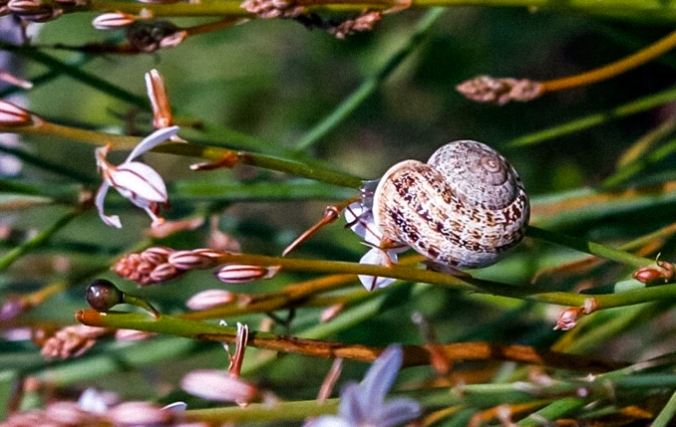
One might call the Fibonacci sequence Nature’s numbering system. It seems to appear everywhere in Nature, from the leaf arrangement in plants to the branch arrangement on trees, from the pattern of the florets of a flower to the bracts of a pinecone and the scales of a pineapple. The Fibonacci numbers seem applicable to the growth of every living thing, including a single cell, a grain of wheat, a hive of bees, and even man and woman and all of mankind. Even the Milky Way seems to be structured around the same shape or pattern, and other galaxies also follow the spiral Fibonacci pattern. This pattern or number sequence is often called Golden Ratio or the Golden Section.
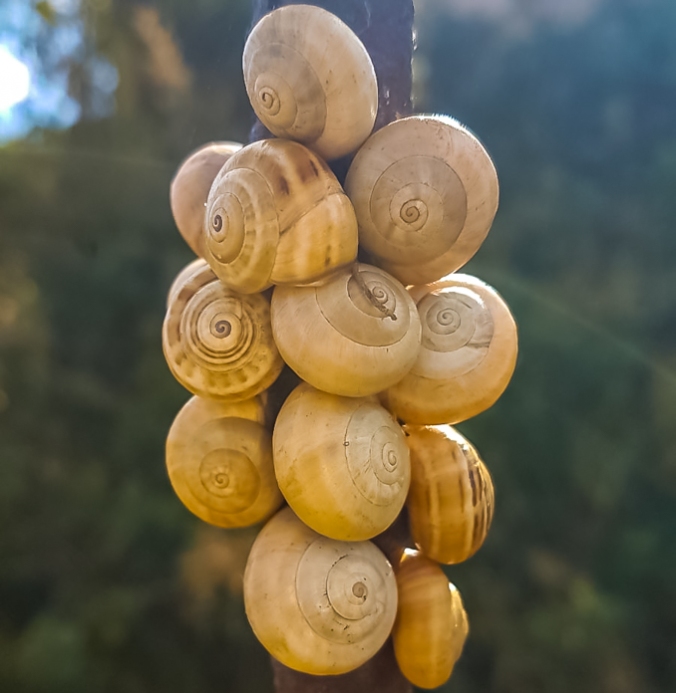
What has all that got to do with wine you may ask?
Well, if you make organic wine the way we do at Son Alegre there is no question that Nature has to be the guiding force. We cultivate our vineyard according to the principles of Masanobu Fukuoka (1913-2008) which implies a “total respect for Nature and the environment”. Our vineyard is a perfect example of how Nature looks after herself. We love our work and our vineyard; hence we are grateful to each stone, each branch, and each animal or insect, thanking them for their contribution and collaboration so that this land enables the vines to produce grapes and give us the best 100% organic wine possible. Only through respect and love of Nature can we find the balance and harmony that we have all lost and which we do need so urgently.
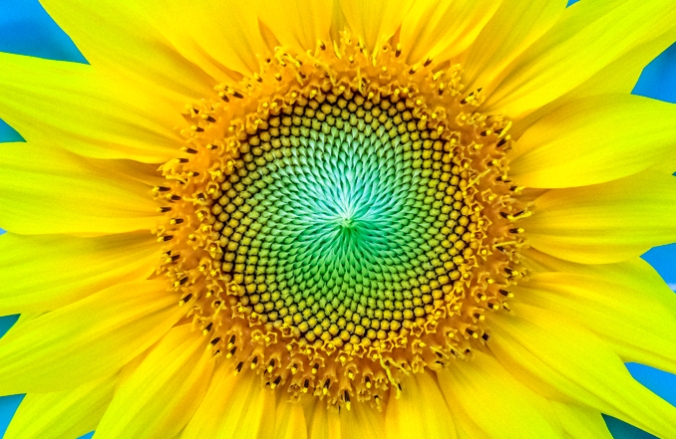
The particular weather conditions of our land give our wine the unique and special qualities it has. During the hot months of summer, the cold air coming from the sea is reacting with the warmer air which has been heated by its contact with the warm earth and this encounter generates a fresh air stream during the hot afternoons. One tends to believe that it is the grape which gives the wine its flavour, when it really is the soil on which the grapes are cultivated creating our wine’s particular taste. This is due to the typology of the soil, Call Vermell in our case, providing some elementary nutrients to the vines, and also partly due to the microclimate of the area.
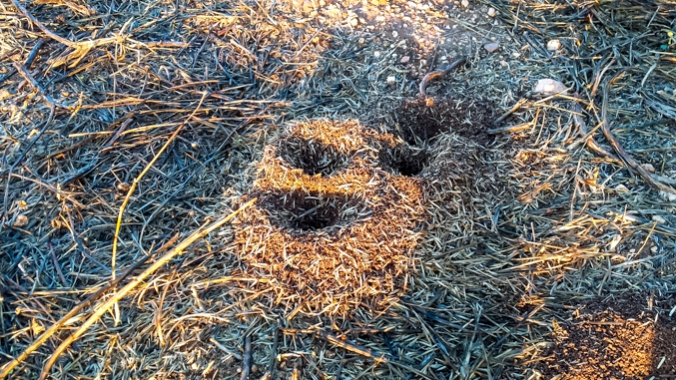
At Son Alegre, a very important guide for our work is the lunar calendar. By observing the phases of the moon, the way our ancestors always have, we know the most propitious time for the pruning of our fruit, the grafting of plums on to almond branches, the planting of new trees, the sowing of cereals, the harvesting of our grapes, the mating of pigs, sheep or donkeys, or even the cutting of our hair. Nature creates and gives peace, supports us and helps us find a balanced state, just what is needed so badly in our times.
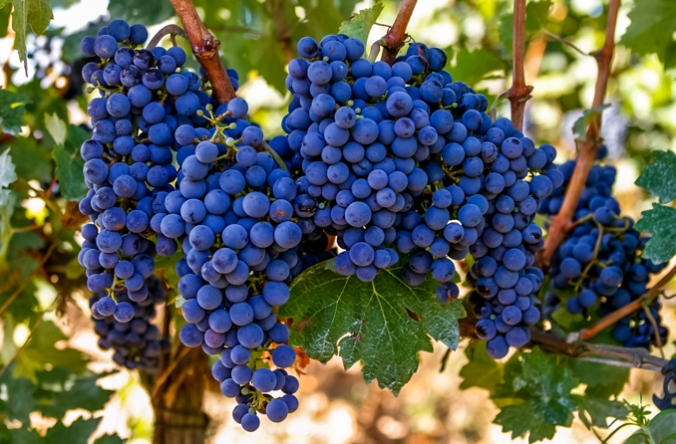
We grow vines on 12 hectares at Son Alegre on the edge of Santanyí, in the area between Son Danus and Ses Angoixes. For us, growing the grapes is an opportunity to live out our fascination of the wonderful complexity of the natural environment. We use the classical methods of practice in viticulture and oenology. The grape harvest is done only by hand and in crates, the pressing is done the traditional way, the fermentation is facilitated with indigenous natural yeasts and the barrels used for the ageing of our red wine are made of French oak.
And all of this makes for a better wine. At least this is what we believe.
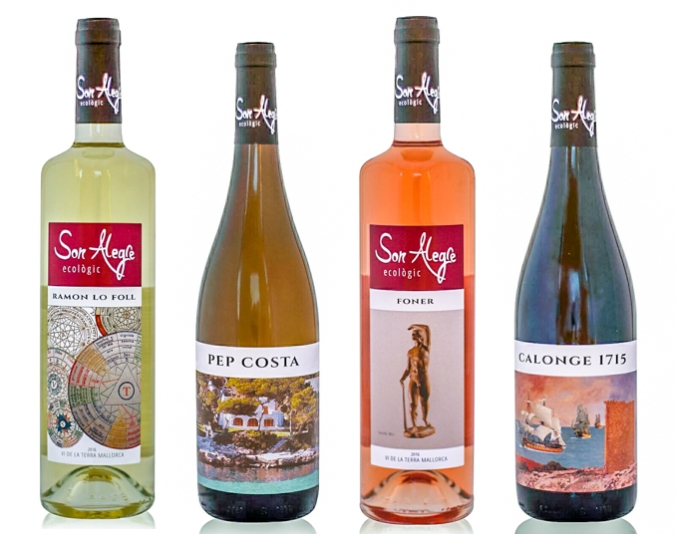

Wonderful Photos!! Love the Grapes!!
Dwight
LikeLike